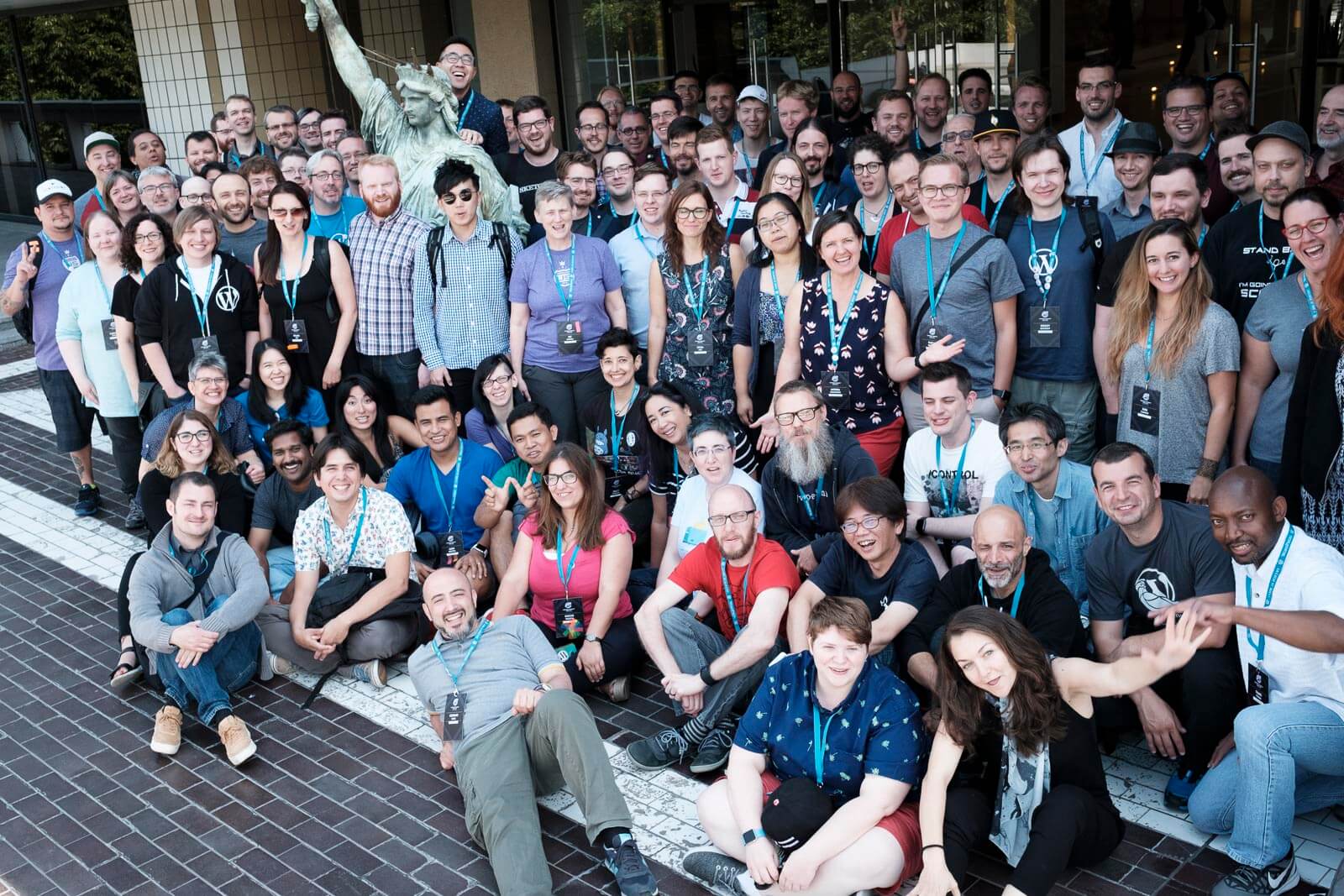Since 2009
WP SITES is an agency with 15 yrs experience coding WordPress functionality & 10 yrs coding WooCommerce extensions for more than 5000 clients.

A passion for coding
You’ll find more than 6,000 guaranteed code snippets supported for paid members and customers.
Community Contributor
Brad Dalton founder of WP SITES has answered over 16,000 questions since 2010.
Continuous Support
All code is supported for 1 yr for paid members and customers, guaranteed.
WooCommerce Experience
10 yrs WooCommerce experience & expertise to code your eCommerce Solutions.
Consulting
WordPress consulting starting from $75 per hour includes support for themes & Woo.
Maintenance Packages
Maintenance packages customized to fit your business and affordability.
Full Site Design
Tell us what inspires you and we’ll deliver your own unique website, no if’s or but’s.
An array of resources
Our comprehensive suite of professional WordPress services caters to a diverse clientele, ranging from part time bloggers too long term designers & developers.

WP SITES Newsletter
- WordPress Tips & Tricks.
- New mini plugins & blocks for WooCommerce.
- Coded theme customization tutorials.
“Just to let the community know Brad Dalton has been working on this for me, he has completed the job in a fast, professional manor and I couldn’t recommend him enough for any custom jobs. “
Richie Malone
Web Designer
Watch, Read, Learn
Join 5000+ subscribers
Stay in the loop with everything you need to know.

You must be logged in to post a comment.